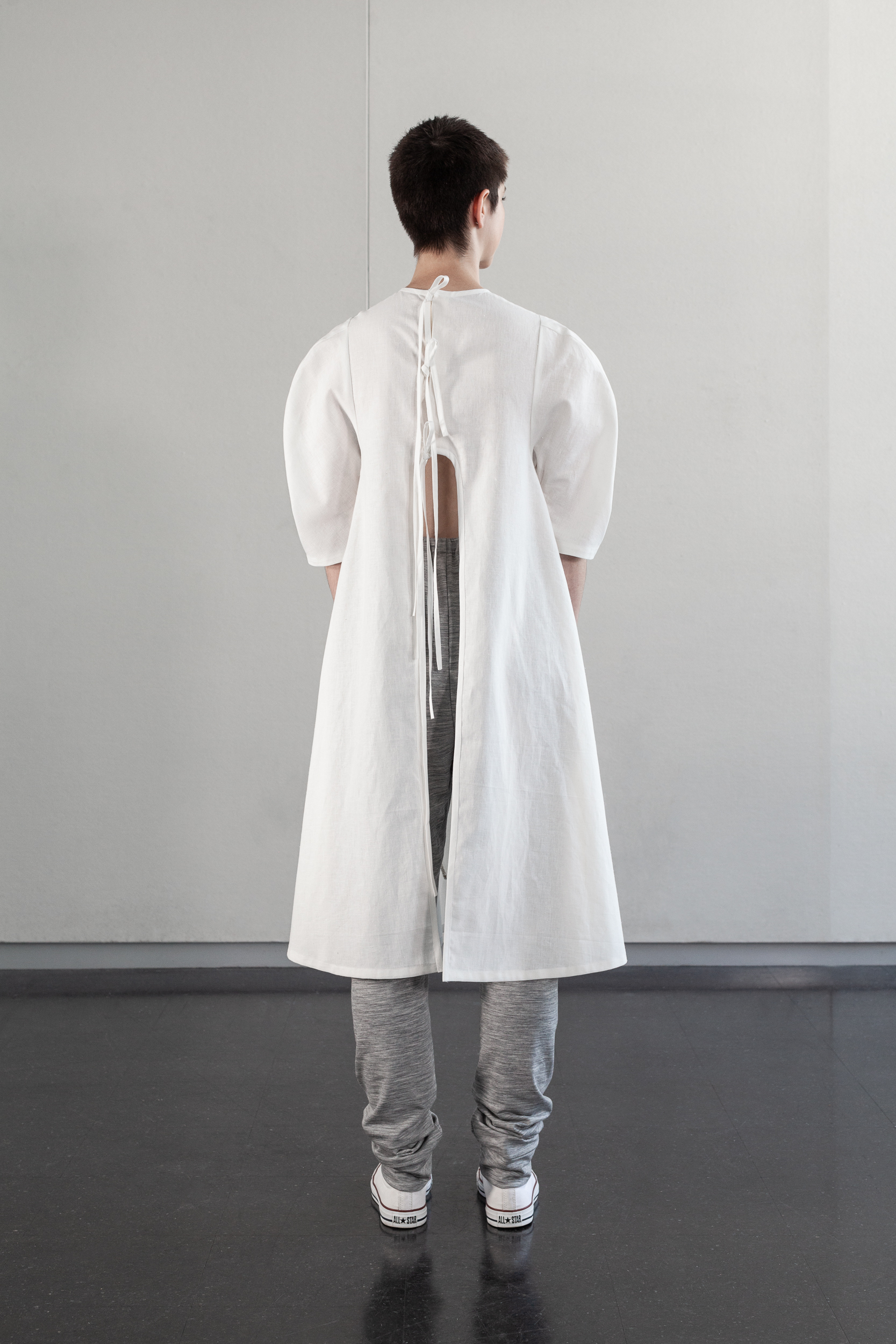
USO (Unidentified Swimming Object)
Congratulations to Digital Design Major graduate Varvara Solovyeva whose animated film ‘USO’ has been selected in competition for the International Programme at the Melbourne International Animation Festival (MIAF 2023).
‘USO’ was Varvara’s graduating film for her Bachelor of Design in 2022. Varvara is currently undertaking her Master of Design studies at the School of Art and Design.





